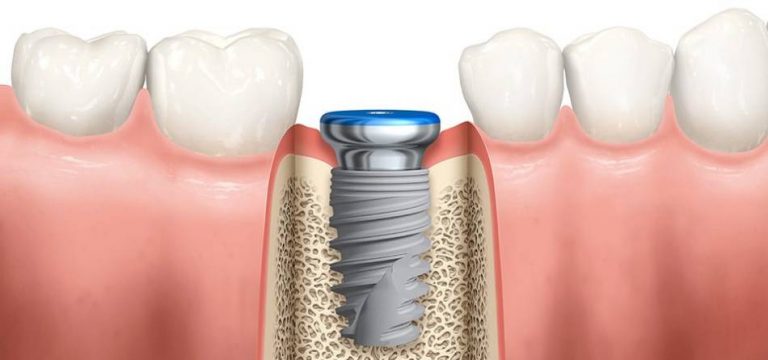Dental Implants
Dental implants are artificial tooth roots that provide a permanent base for fixed replacement of teeth. Compared to dentures, bridges, and crowns, dental implants are a popular and effective long-term solution for people who suffer from missing teeth. Because they fit, feel and function like natural teeth, dental implants are quickly becoming the new standard in tooth replacement.
The Surgical Procedure
The procedure to place an implant takes 30 to 60 minutes for one implant and only 2 to 3 hours for multiple implants. The number of appointments and time required, vary from patient to patient. Most implant cases are performed using a local anesthetic administered to numb the area where the implant will be placed.
When you are comfortable, the dentist makes a small incision in the gum tissue to reveal the bone, creates space using special instruments, and gently inserts the titanium implant. Sometimes a small healing cap is screwed into the implant. This cap is placed usually at or slightly above the gum level.

The Healing Phase
Now the healing begins. The length of time varies from person to person, depending upon the quality and quantity of bone. In some cases, implants may be restored immediately after they are placed. The surgeon will advise you on follow-up care and timing. After the initial phase of healing, the surgeon places an abutment (support post) or a healing cap onto the implant during a brief follow-up visit. This allows gum tissue to mature and provides access to the implant.
Follow-up care (one to four appointments) is usually needed to ensure that your mouth is healing well and to determine when you are ready for the restorative phase of your treatment.
Whether it’s one tooth or all of your teeth that are being replaced, your dentist will complete the restoration by fitting the replacement tooth (crown) to the dental implant.

